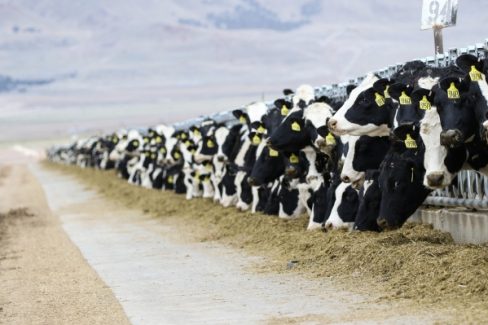It’s official, Australia’s new breeding indices work with proven success.
Victorian Department of Economic Development, Jobs, Transport and Resources researcher Associate Professor Ben Hayes presented research to the Herd 17 conference showing that selecting sires with a higher balanced performance index rating delivered daughters that produced more milk and milk solids than lower BPI sires, regardless of the feeding system.
They were also generally more likely to last in the herd and have higher fertility.
Overall, these improvements had a greater contribution to farm profit.
Two years ago the Australian dairy industry launched three new breeding indices for selection of dairy cattle based on a national breeding objective report.
They were a BPI (designed to improve overall farm profit), a health-weighted index (for farmers wanting to focus on fertility and other health issues such as mastitis resistance) and type-weighted index (those looking to focus on type traits).
The research looking at the fertility trait analysed 60,433 lactations from 20,543 Holstein cows across 64 herds. The Jersey data set included 2838 lactations from 976 cows and 27 herds. These were looked at across several feeding systems.
Some of the cows may have contributed to their sire’s daughter fertility ABV estimate, analysis showed this was less than 5 per cent of data underpinning the sires fertility ABV.
Research found a “significant” relationship between the six week in-calf rate and the sires’ BPI ABV. The six-week in-calf rate increased as the sires’ BPI ABV increased. This was the case across all feeding systems.
Cows sired by high BPI sires were also more likely to have re-calved by 20 months — a sign of longevity of survival in a dairy system, Dr Hayes said.
A good relationship with probability of calving by 20 months increases with the sire BPI in all feeding systems except total mixed ration herds, where no effect was evident.
There was a similar trend between protein yield and other milk production traits across all feeding systems.
Initially the BPI predicted a $1 increase in profit from every unit increase in BPI but the three case studies, from independent data sets, were higher than expected at $2.28, $1.60 and $2.03. He stressed the take home message wasn’t that there was extra profit.
Source: The Weekly Times




